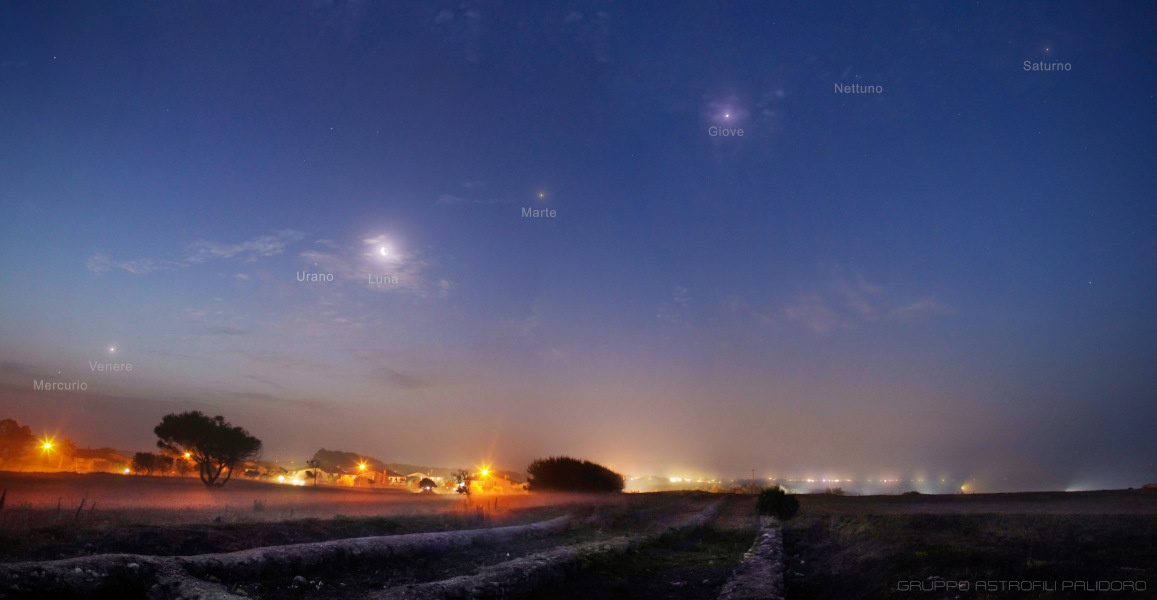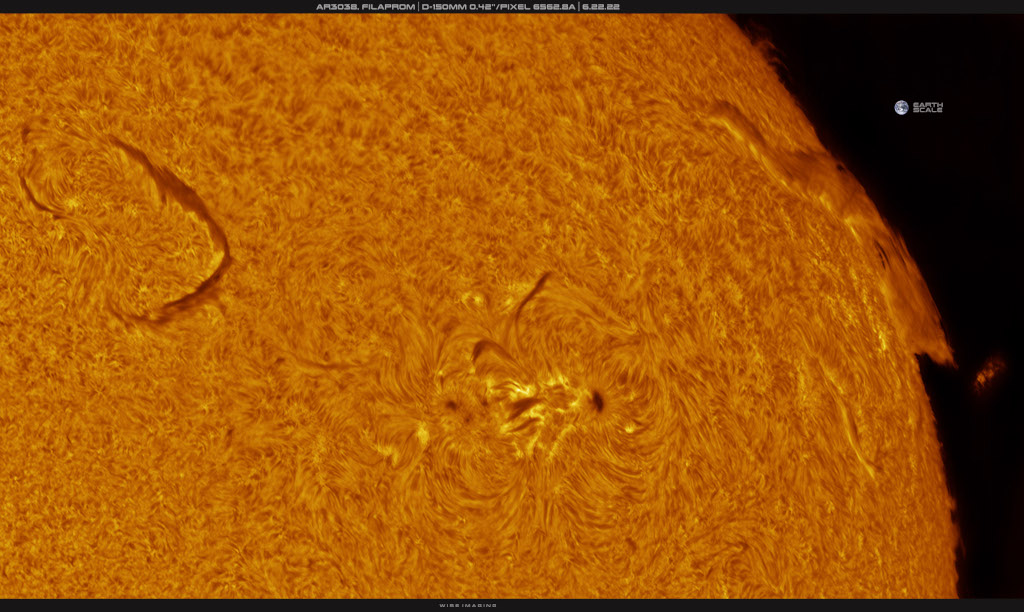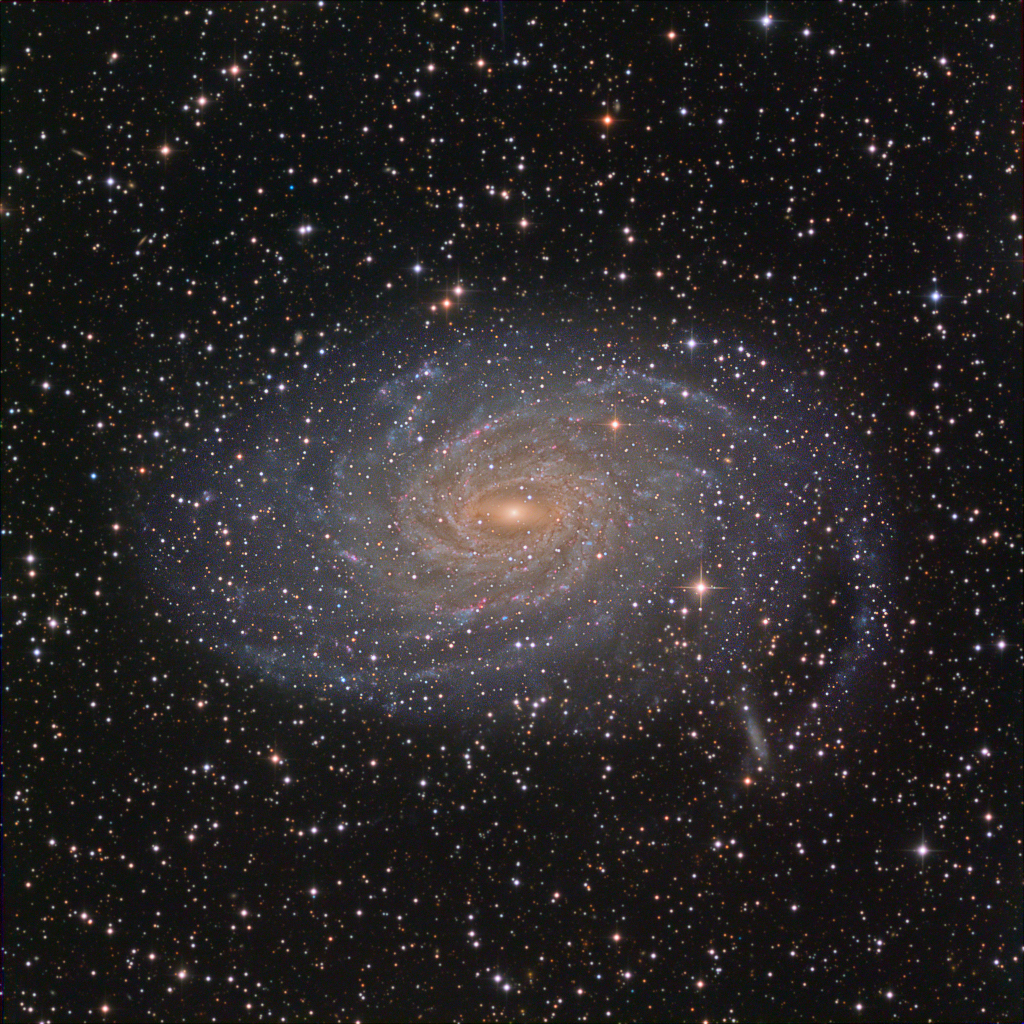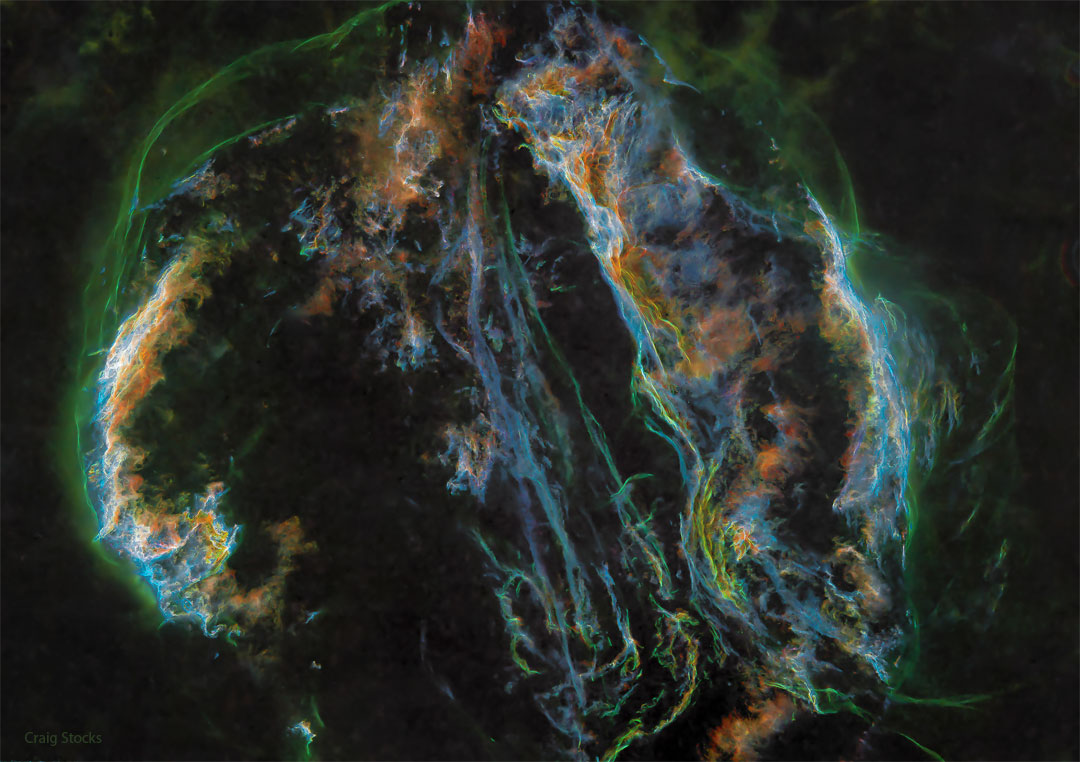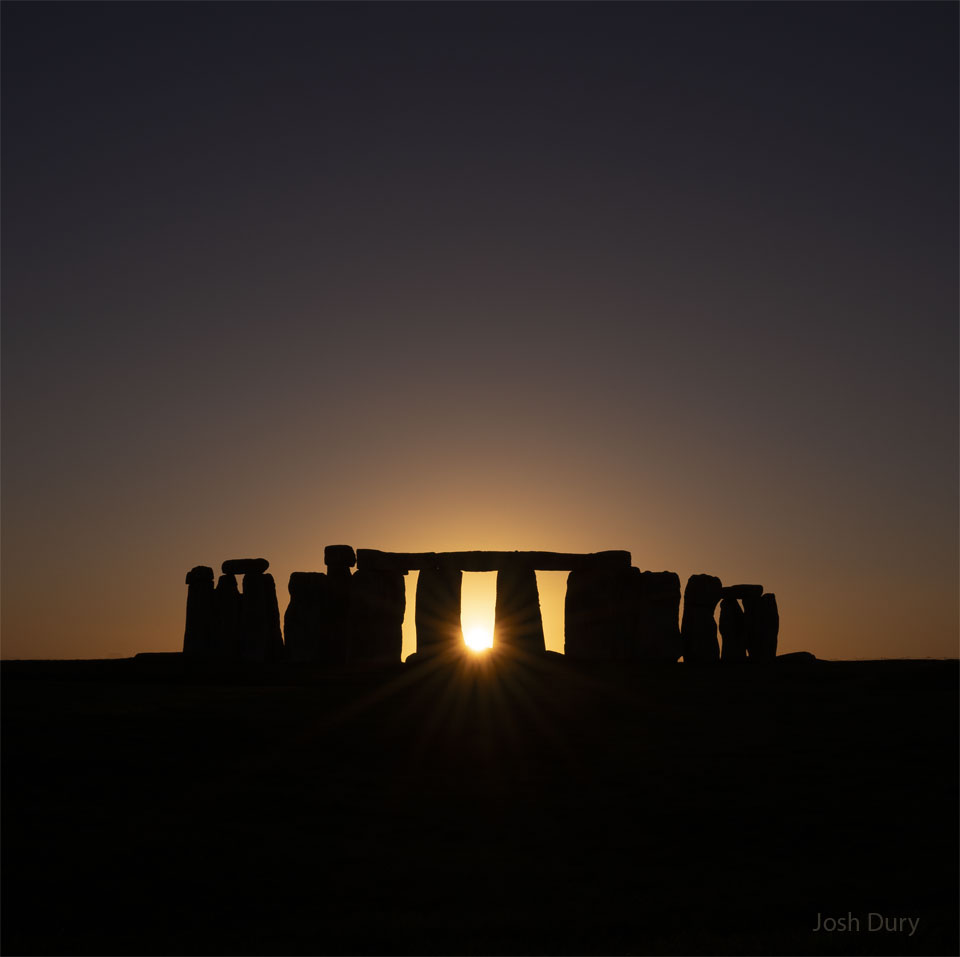Na área do cancro, a chamada medicina de precisão tem sido fundamental na identificação de mutações tumorais que podem ser usadas como alvo de vacinas de mRNA personalizadas. “Durante muitos anos ficámos todos deslumbrados com a possibilidade de identificarmos alterações genéticas nos genes do cancro, mas agora já estamos a perceber que existem também muitas alterações no RNA [ácido ribonucleico, molécula essencial na síntese de proteínas] e no metabolismo de pequenas moléculas”, comenta Maria do Carmo Fonseca, cientista galardoada com o Prémio Pessoa em 2010, atualmente presidente da RNA Society.
“Da mesma maneira que, na Covid-19, injetamos o mRNA que codifica a proteína Spike, numa vacina contra o cancro temos de incluir a informação genética que codifica as proteínas próprias das células cancerosas e que são especificas daquele cancro”, explica a investigadora. No entanto, ao contrário do SARS-CoV-2, em que a proteína Spike é igual para todos os doentes, no cancro cada caso é um caso e a vacina tem de ser muito personalizada.
Testadas sobretudo em pacientes com melanoma, na Alemanha e nos Estados Unidos da América, as vacinas já foram administradas a “centenas de doentes” no âmbito de ensaios clinicos, “com resultados muito promissores”, assegura Carmo Fonseca.
Em Portugal, a cientista conduz uma investigação revolucionária que, no futuro, poderá criar uma vacina de mRNA capaz de “ensinar o nosso sistema imune a reconhecer as células cancerosas, assim que elas aparecem no corpo, e a destruí-las imediatamente”. Esta vacina vai ser específica para cancros hereditários resultantes de mutação BRCA e, neste momento, os investigadores estão focados na mutação fundadora portuguesa, que é a mais frequente em Portugal.
Os mais importantes avanços da Ciência na área do cancro – seja na prevenção, como no caso das vacinas, seja no diagnóstico (em que a Inteligência Artificial começa a dar cartas) e, principalmente, no tratamento (com as novas terapias celulares a ensinarem o nosso corpo a adquirir uma “superimunidade”) – são longamente esmiuçados num artigo da VISÃO Saúde .
Nada disto é ficção científica – a tecnologia está aí e, em muitos casos, consegue mesmo salvar-nos.
Visão



